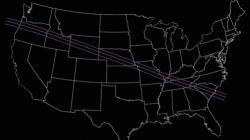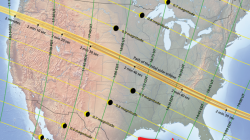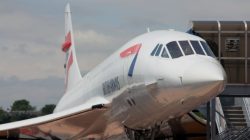Alaska Airlines got some good press this week for adjusting the schedule of its flight from Anchorage to Honolulu so that customers on board could view the solar eclipse passing over the Pacific Ocean. Given the sparse inhabitation in this area, not many people would have been able to see “totality” — the brief period and narrow geographical band when the sun is completely obscured by the moon. Typical totality lasts for just 3-4 minutes.
Just yesterday, however, I found an even more exciting story on Motherboard about one of the last Concorde test flights. Back in 1972 French astronomers were able to convince Aérospatiale to pay for Concorde 001 to divert south over Africa, intercept the eclipse over Mauritania, and follow it at twice the speed of sound until landing in Chad. Here’s a French documentary on their journey:
One of the scientists on board, Jim Lesurf, admits that the flight didn’t result in any amazing new discoveries. (This is no surprise. Most of science is a slow process of iteration and confirmation.) However, they were able to view the eclipse for 74 minutes — longer than the sum of all previous observations to-date. And now that it’s been done once perhaps a future attempt would be able to perform a new set of assays.
Additional information and pictures are available on the personal blog of Jim Lesurf.




